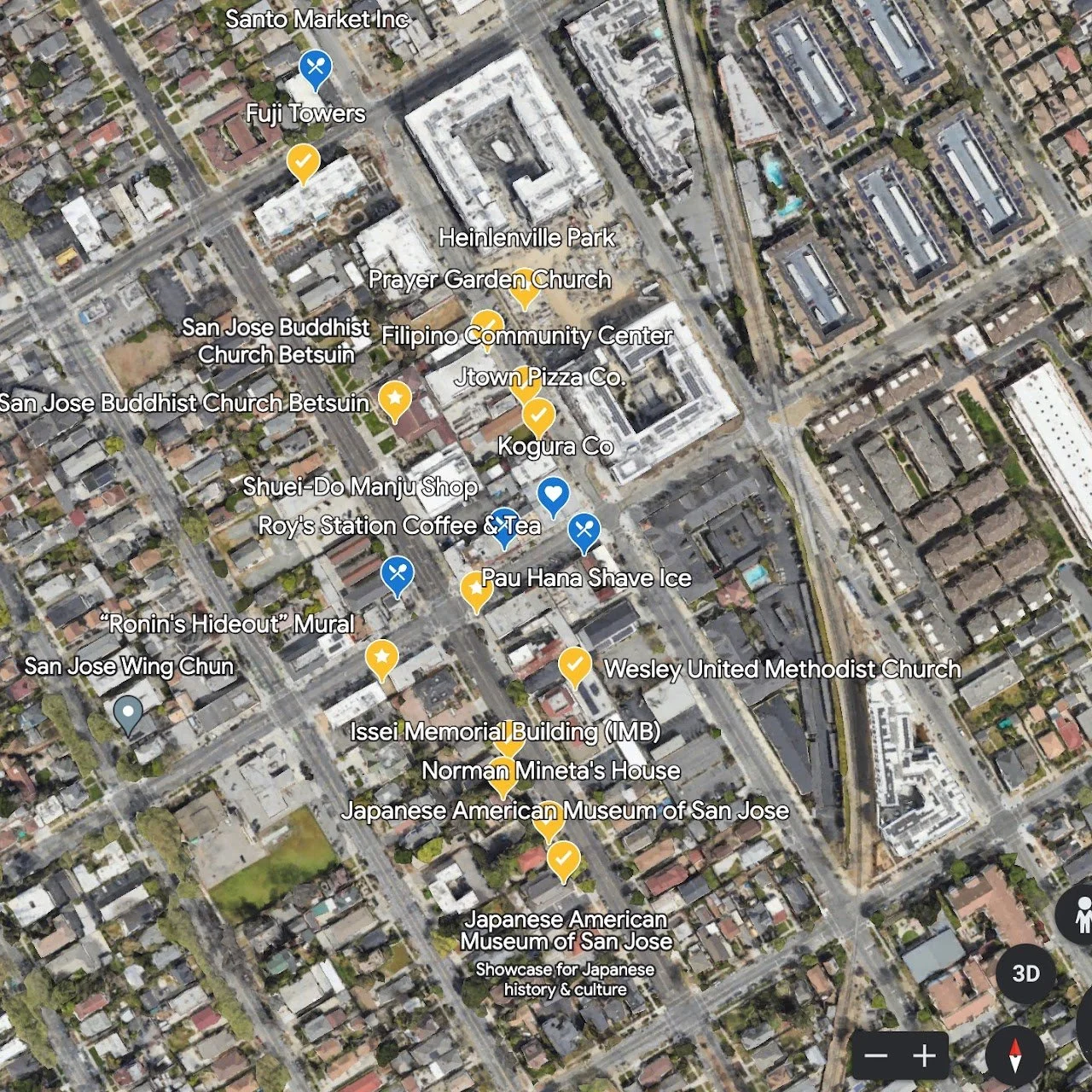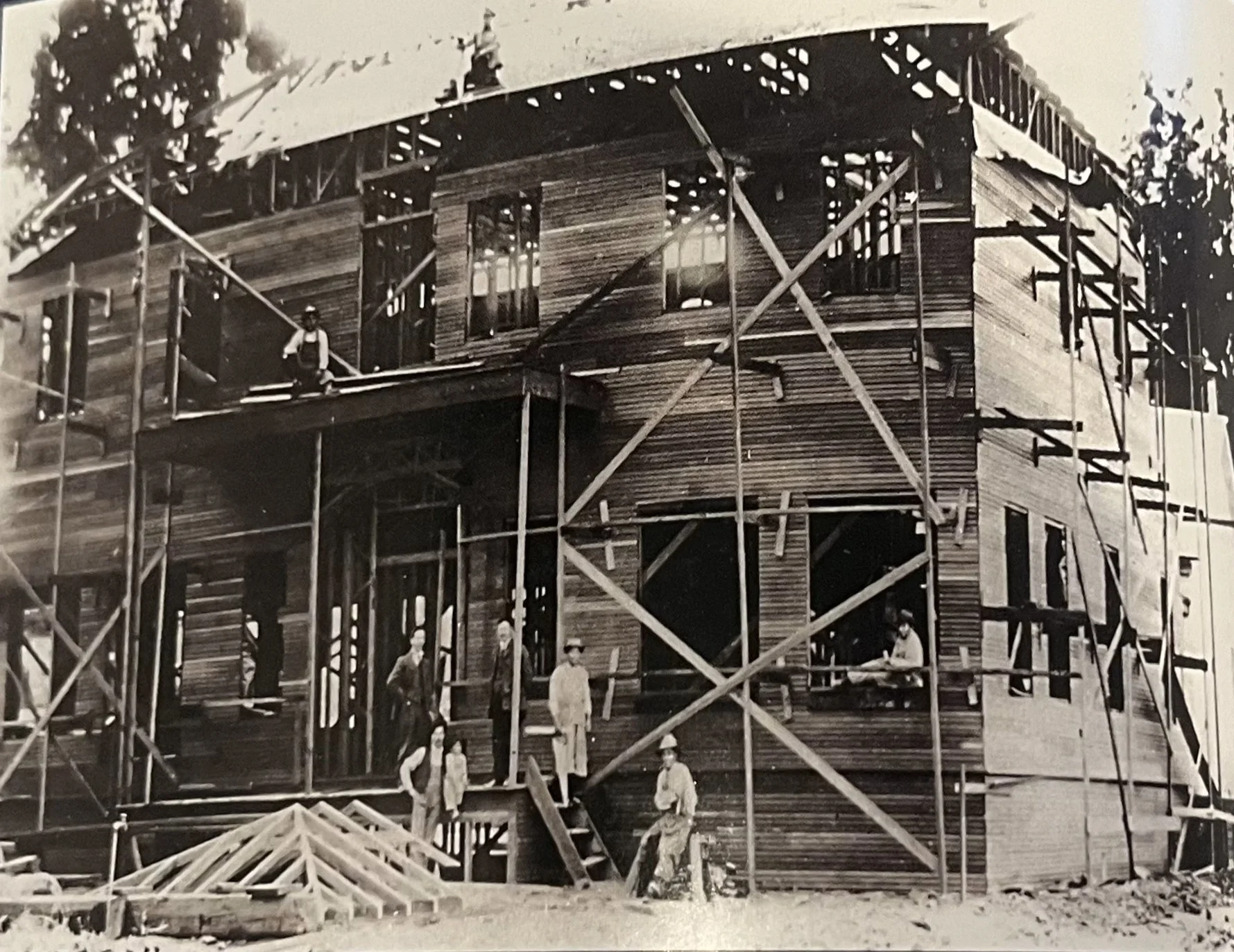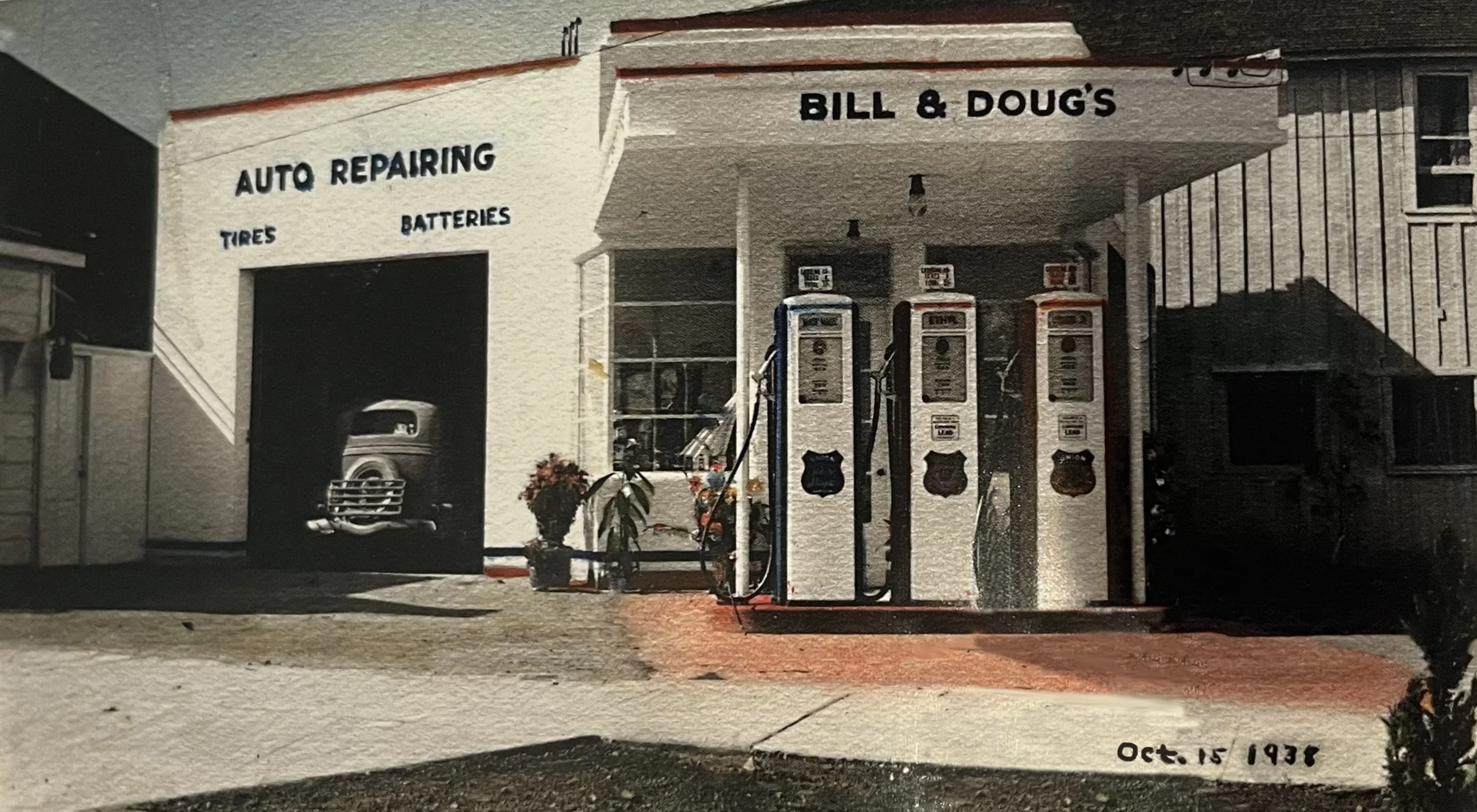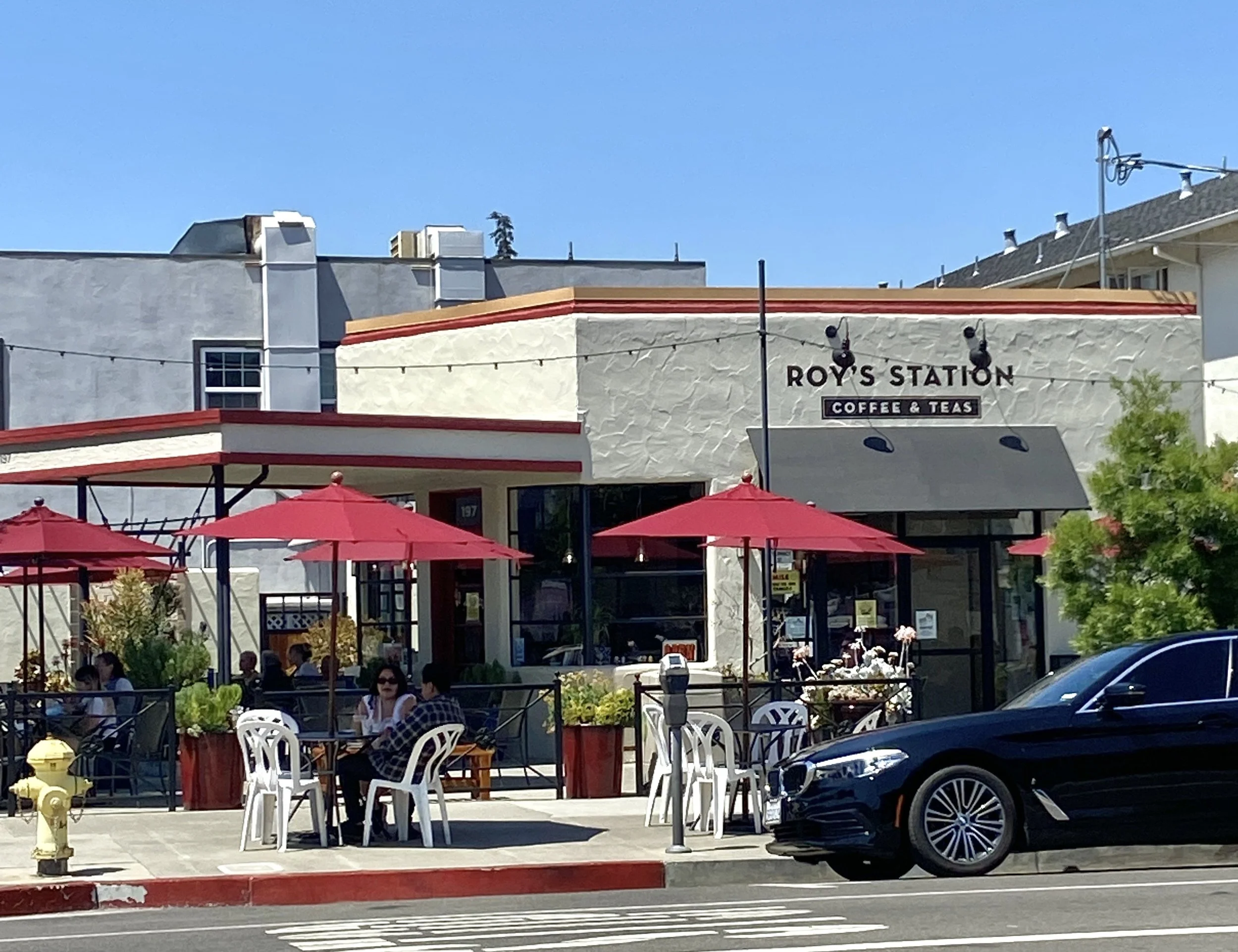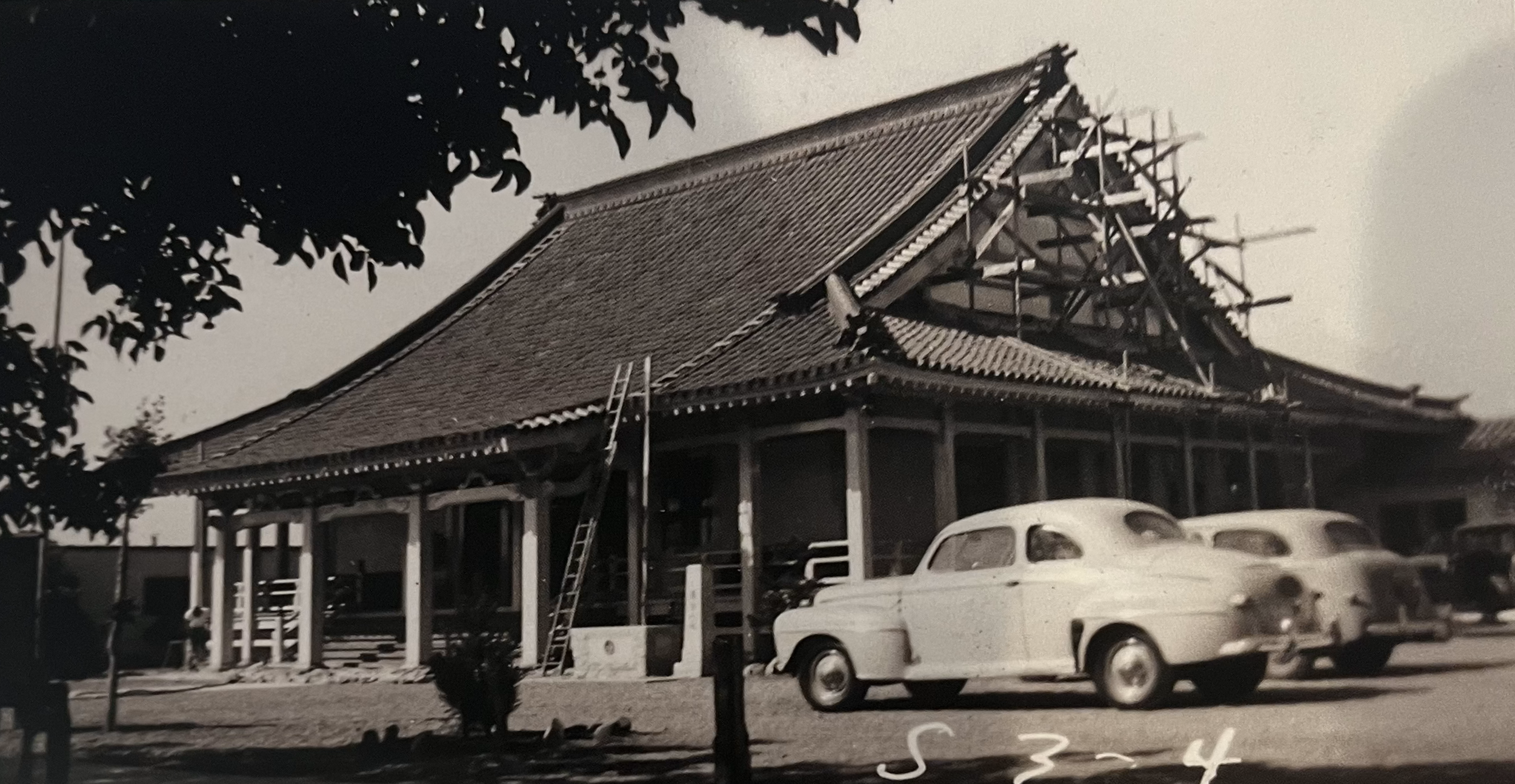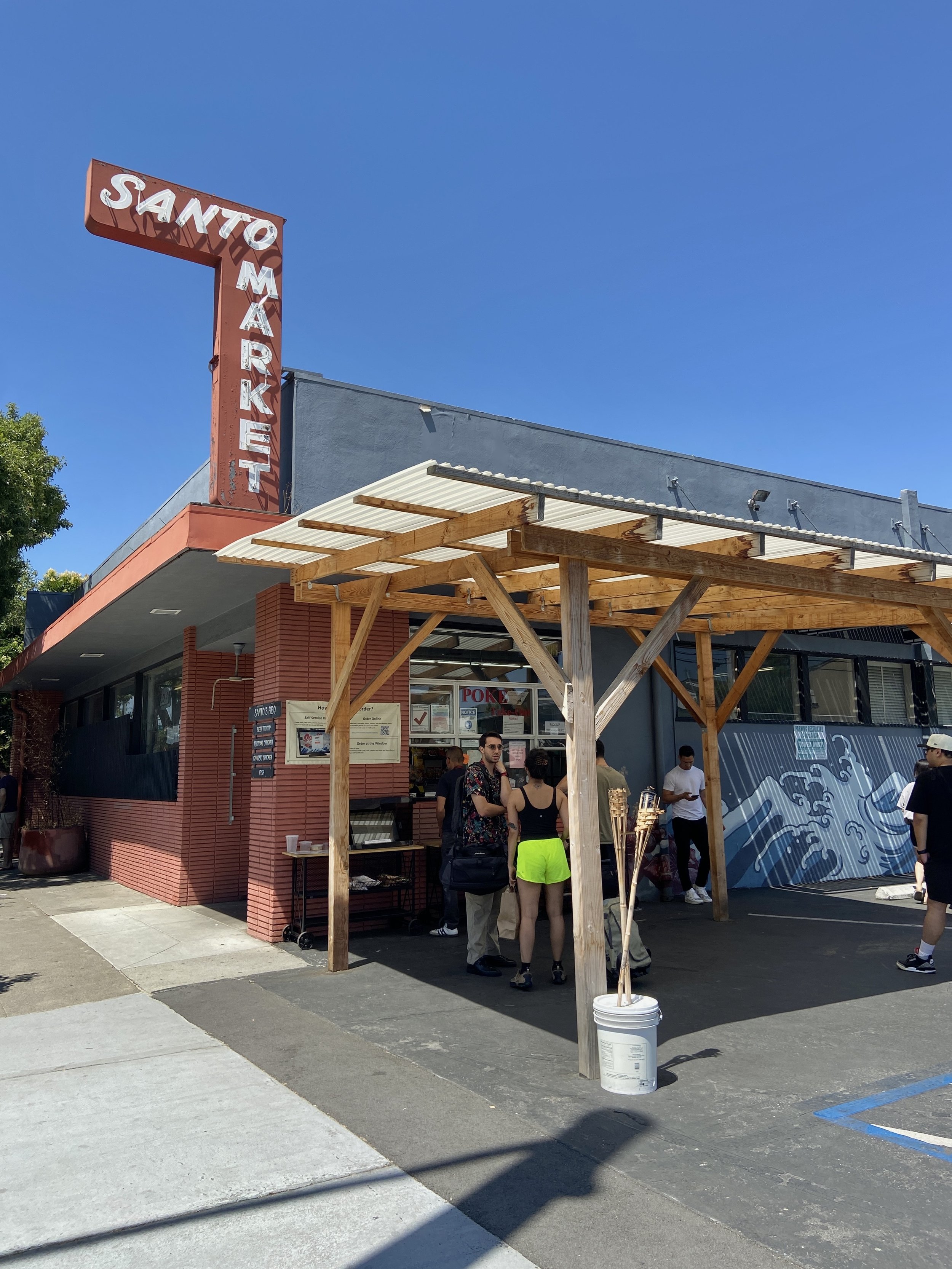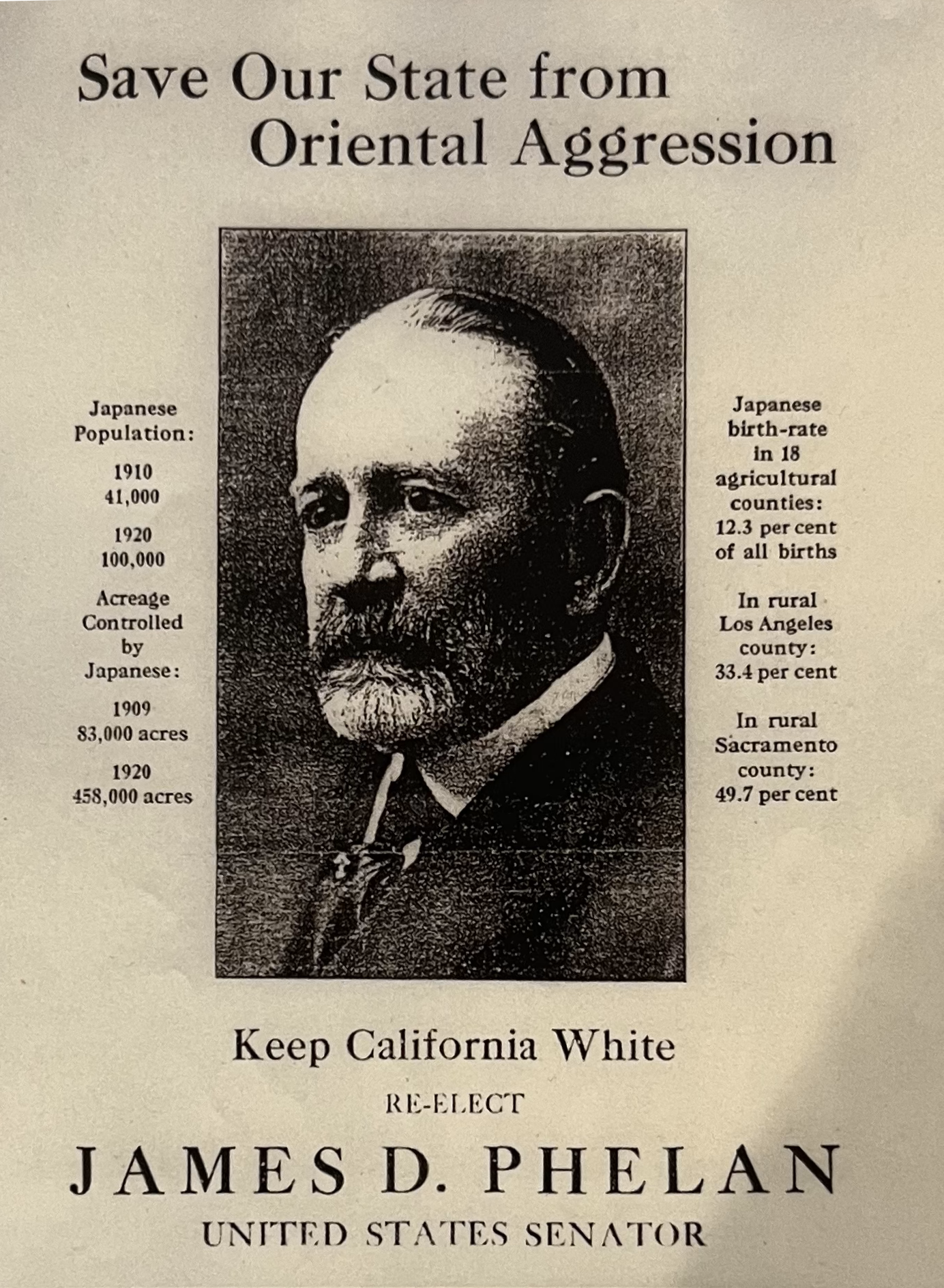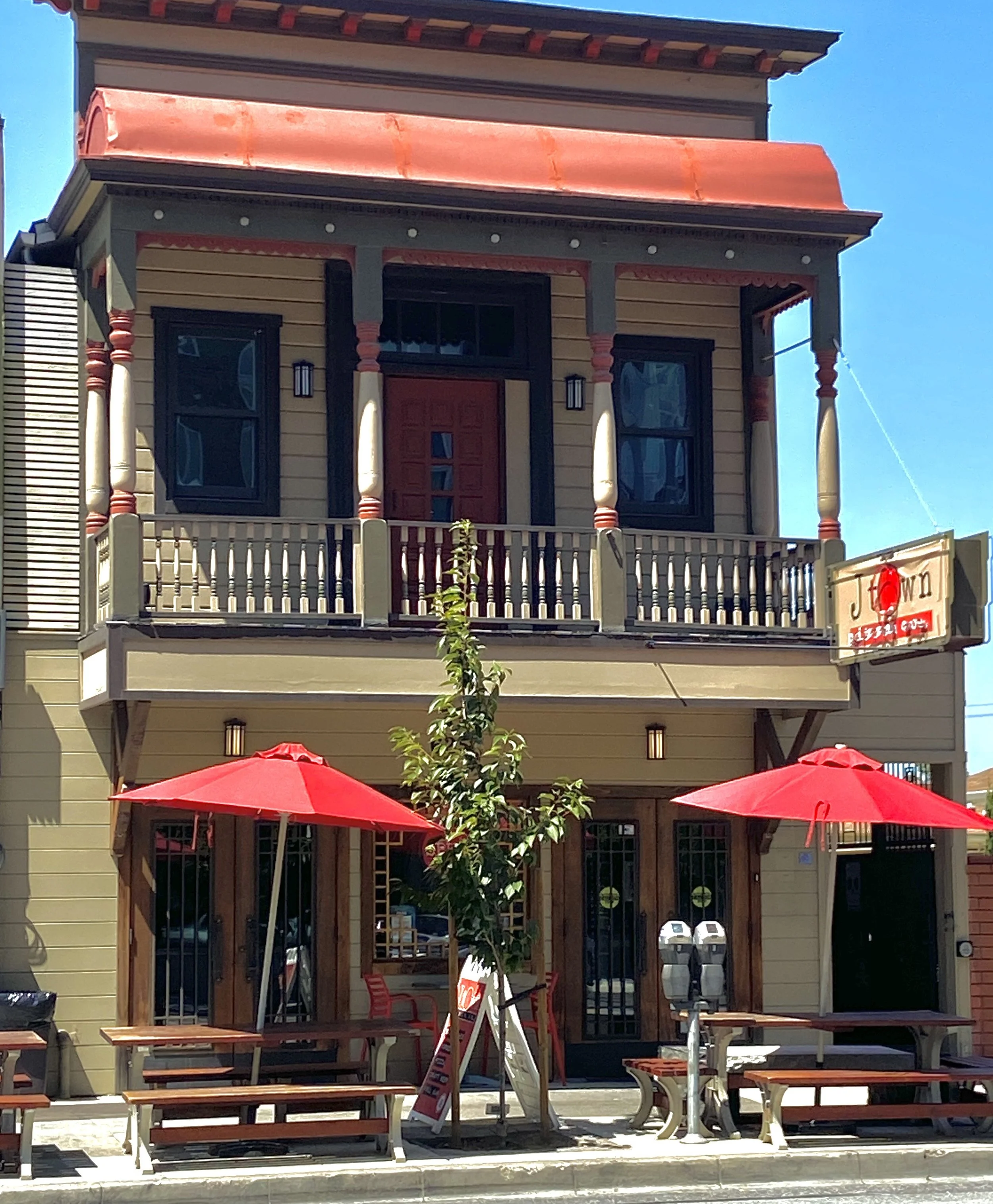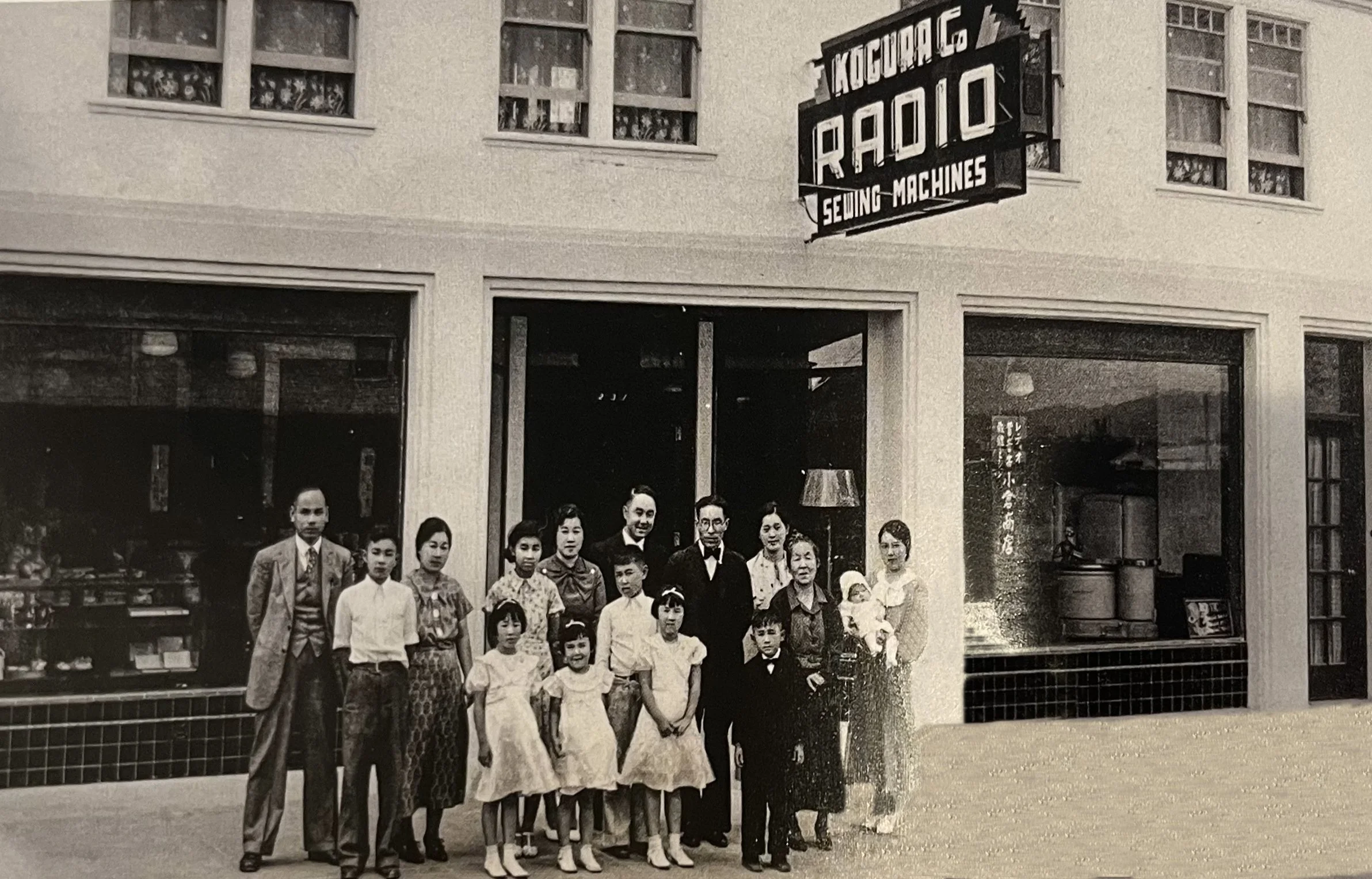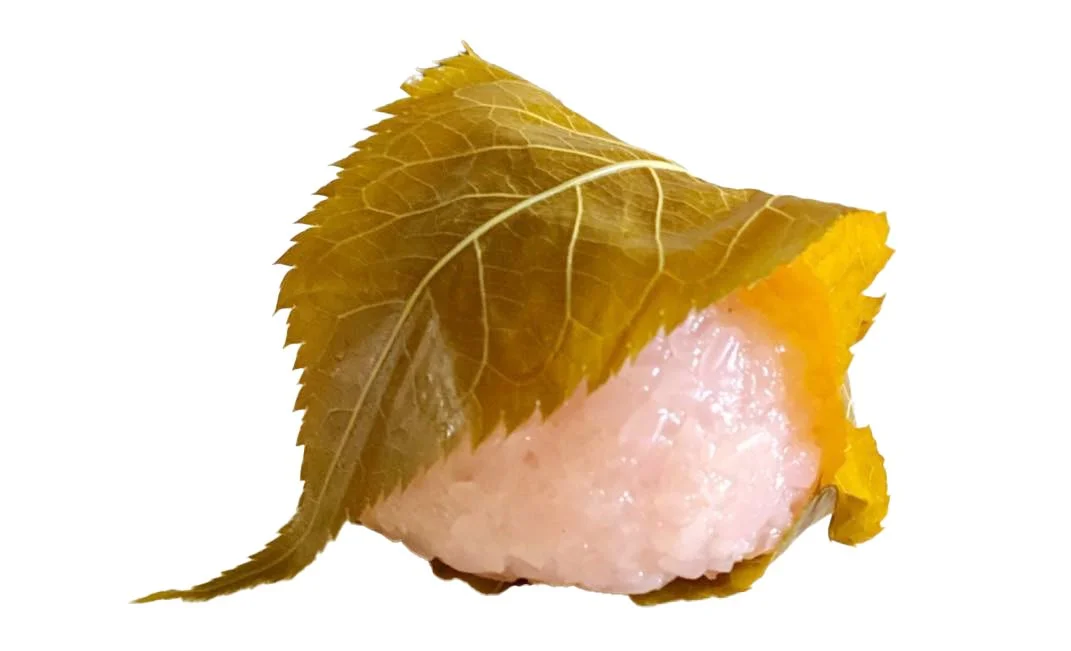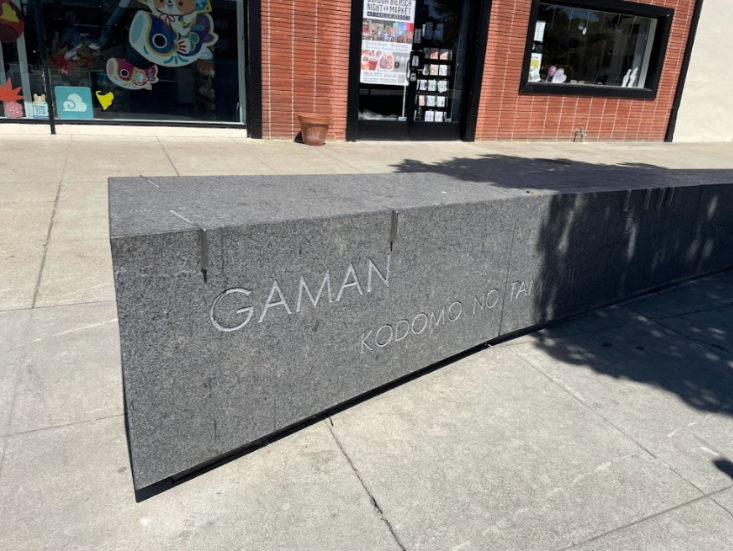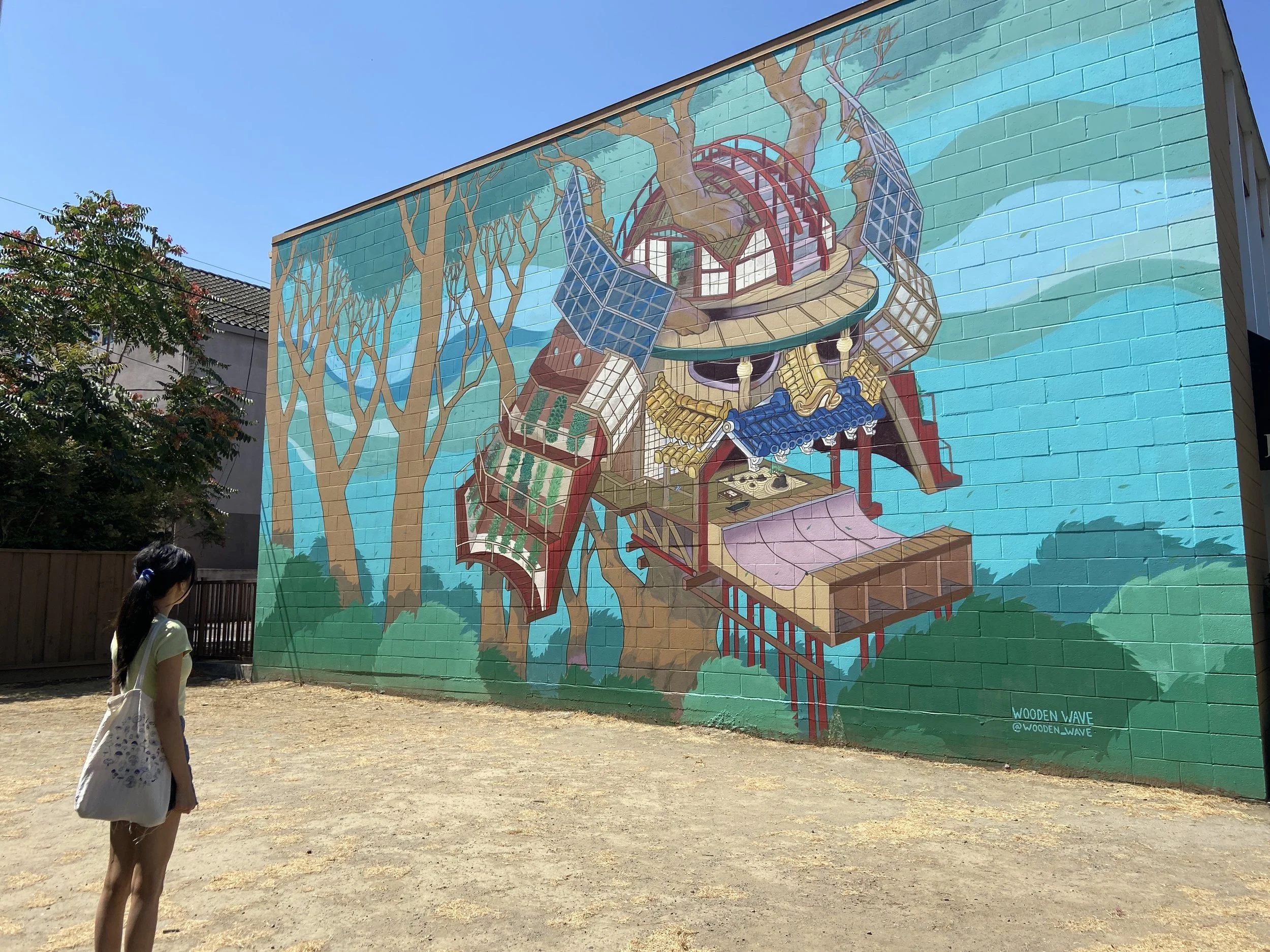Dive into San Jose Japantown’s rich history!
Did you know that our Japantown was built in the early 20th century on the shoulders of past Chinatowns destroyed by arson? Before WWII, there were 43 Japantowns in the U.S. Today, there are only 3 Japantowns left: Los Angeles, San Francisco and San Jose.
Our Japantown’s unique charm is a result of Chinese, Japanese, Filipinos, and African Americans ethnic enclaves coming together to create a neighborhood based on mutual respect and acceptance, as racist laws and redlining impacted their people. On this tour, you will be immersed in a vibrant community that thrives amidst adversity so intertwined in San Jose’s history that you just can’t miss it!
Location: between 1st and 9th Streets and between E. Taylor and E. Empire Streets in San Jose.
Take Our Google Earth Virtual Tour
Table of Contents
Introduction
Acknowledgements
Introduction
1887: The City of San Jose approved an order declaring Chinatown a public nuisance. Less than 2 months later, arsonists burned the Market Street Chinatown to the ground. The City of San Jose did not formally apologize for the arson until September 28, 2021.
That same year, John Heinlen, a German landowner who faced anti-German discrimination himself, felt sorry for the Chinese and leased 5 acres of his land to Chinese people, creating the Heinlenville Chinatown. Today, this is the site of Japantown.
Kuwabara Hospital in construction (Photo courtesy of JAMsj).
Issei Memorial Building today.
Issei Memorial Building (IMB)
Location: 565 North 5th Street
1910: Built as the Kuwabara Hospital, the building is named after Dr. Taisuke Kuwabara, who served the Japanese community. As the Japanese doctors were not licensed in the U.S., the hospital had to be overseen by Dr. Beattie, an American doctor.
After WWII, it was used as a hostel by the Japanese American Citizens League (JACL) for Japanese returning from concentration camps and posted job listings.
Today, the JACL owns and manages the IMB. It serves as an incubator for non-profit start-ups and is a designated City Historic Landmark.
Reference: “A Short Intro to the History of San Jose Japantown for the Hidden Histories Team” P. 7 by Curt Fukuda.
Roy’s Station Coffee & Teas
Location: 197 Jackson Street
Bill Yasukawa and Doug Omori opened a gas station in 1938.
The Morotsune family took over the business and Roy Murotsune operated Roy’s gas station for 50 years after being released from one of the concentration camps.
The next generation converted it into a neighborhood coffee shop in 2009, keeping the retro aesthetic.
Bill & Doug's Gas Station (Photo courtesy of the Murotsune family).
Roy's Station Coffee & Teas today.
Construction of the San Jose Buddhist Church temple (Photo courtesy of JAMsj).
Temple exterior in modern-day.
San Jose Buddhist Church Betsuin
Location: 640 North 5th Street
1937: San Jose Buddhist Church was built (started in a home in 1902).
1908: formed the Buddhist Women’s Association – gave first generation “Issei” women a greater voice in the church.
Stored belongings of incarcerated families; and after WWII, served as a hostel for homeless concentration camp returnees.
Today: conducts Buddhist services and hosts Lotus Preschool, community gatherings, and festivals.
Santo Market
Location: 245 Taylor Street
Opened in 1946, Asian specialty grocery store for Hawaiian, Japanese and Chinese cuisine.
Food recommendation: Poke Bowl.
Fuji Towers
Location: 690 North 5th Street
The Japanese American community worked with HUD to help build low-income senior housing and ensure that 1st generation ("Issei") Japanese seniors could live in Japantown.
Prayer Church Garden
Location: 651 North 6th Street
1943: Prayer Garden Church was founded as a progressive church by Milton Mathus.
During the first decade, there was a multicultural congregation (Black, Hispanic, Chinese, Caucasian).
1960s: it became a mainly African American congregation. It is the oldest non-Asian church in Japantown.
Top: Prayer Garden Church 1945 (photo courtesy of Curt Fukuda).
Prayer Garden Church today.
Filipino Community Center
Location: 635 North 6th Street
Mid-1920s: “Pinoytown” grew in the area of Japantown, when the 1924 Immigration Act cut off the immigration of Japanese and Filipinos became the next big group of Asian immigrants to fill the agricultural labor force and move to the area.
1977 Luth Biloria and Rogelio Cavings at the center (Photo courtesy of Robert Fulton, San Jose Mercury News)
Filipino Community Center today.
Heinlenville Park
Location: 620 North 6th Street
After the Market Street Chinatown was burned by arsonists, in 1887, John Heinlen built a new Chinatown out of brick to resist arson. A locked fence and security guards around the community protected the Chinese and ironically, helped shield them against the 1918 Spanish Flu Pandemic.
When the Chinese Exclusion Act stopped Chinese immigration, Japanese, then later Filipino immigrant laborers, filled the gap from the lack of Chinese and settled around Heilenville Chinatown.
1931: The Chinese were evicted from Heinlenville Chinatown after John Heinlen died and his estate declared bankruptcy. The City of San Jose seized the land and began razing Chinatown. The number of Chinese residents in Heinlenville had declined due to the Exclusion Act, redlining, Alien Land Laws, and other anti-Chinese legislation.
The Japanese American community wanted the park to be named after John Heilen to reflect the origins of Japantown and not erase the existence of Heilenville Chinatown.
Reference: “A Short Intro to the History of San Jose Japantown for the Hidden Histories Team” P. 3-4 by Curt Fukuda.
Strong anti-Japanese sentiment, as exemplified by this U.S. Senate re-election poster, manifested in Alien Land laws and more (Photo courtesy of Judge Mark Thomas Jr.).
New Heilenville statue called “Sheltering Wing”, meant to be about Asian positivity. By Roger White Stoller.
Heinlenville neighborhood in late 1800s (Photo courtesy of California History Center).
Jtown Pizza Building
Location: 625 North 6th Street
Located in a building from 1890 that became Ken Ying Low restaurant, the oldest restaurant in Japantown/Chinatown. It was the popular site of many Japanese American weddings and funeral banquets in the olden days. One of the last surviving buildings from Heilenville.
Shaved Ice from Pau Hana by Travels with Elle.
Pau Hana Shaved Ice
Location: 248 Jackson Street
Delicious Hawaiian-style Shaved Ice. Recommendations: lychee, passionfruit, and mango (especially with fresh mochi).
Kogura Gifts
Location: 231 Jackson Street
Opened 1934 as a radio store, it is now a large Japanese gift store operated by descendants of the same family.
Kogura Co. as a radio store. (Photo courtesy of JAMsj).
Special Sakura Mochi (Photo courtesy of Shuei-Do Manju Shop).
Shuei-Do Manju Shop
Location: 217 Jackson Street
Come visit one of the last Japantown manju shops in California, pre-order or stop in the morning for more variety, sells out fast by the end of the day.
Sells 700-2,000 manju daily.
Japantown Landmarks
Location: Corner of 5th & Jackson
The bend in the pole of the Nikkei Lantern, marked “1942”, symbolizes the impact that World War II’s forced removal and incarceration of Japanese Americans that left Japantown a ghost town, but for a few remaining Filipino and Chinese businesses.
Granite bench (Issei voices) captures the sayings of the 1st generation ("Issei") along with a timeline of Japantown. This is one of many benches called “Ikoi no ba” — translates to “a place to rest.”
"Ronin's Hideout" Mural
Location: Empty Lot Next to JT Express on 170 Jackson Street
Symbolizes a Ronin that was a samurai without a lord or master during the feudal period of Japan. A samurai became masterless upon the death of his master or after the loss of his master’s favor. The word ronin means wave man. It is an idiom for a wandering man.
Painted by Matthew and Rozanne Ortiz of Wooden Wave.
Wesley United Methodist Church
Location: 566 North 5th Street
When the Japanese first arrived, they faced rejection like other immigrants. However, there were some Americans that welcomed the Japanese. The Methodist church was one of them. This is why some Japanese Americans became Methodists.
1913 Japanese Methodist Episcopal Church photo courtesy of Wesley United Methodist Church.
Wesley United Methodist Church today.
Norman Mineta's House
Location: 545 North 5th Street
Norman Mineta was the 1st Japanese-American mayor of a major city on the mainland, and the 1st Asian person to be in two United States’ presidential cabinets.
He was a driving force behind passage of H.R. 442, which became the Civil Liberties Act of 1988, a law that officially apologized for and redressed the injustices endured by Japanese Americans during World War II.
Congressman Mineta speaking at Nikkei Matsuri Event in Japantown in 1987 (Photo courtesy of Curt Fukuda).
Norman Mineta's childhood home in Japantown today.
Japanese American Museum of San Jose (JAMsj)
Location: 535 North 5th Street
Visit the Japanese American Museum to learn more! See exhibits on those who resisted the WWII incarceration, fought for electoral representation, and more.
Acknowledgements
Tour Created by
Evelyn Zhang, Avery Teruko Wong, and Austin Fujii, San Jose JACL Interns
Creative Direction by
Charlotte Zhang, JACL Marketing Consultant
Special Thanks to
Tom Izu, Susan Hayase, and Curt Fukuda, Our historians and civil rights activists
Avery Teruko Wong, Evelyn Zhang, and Austin Fujii in front of the Issei Memorial Building.


